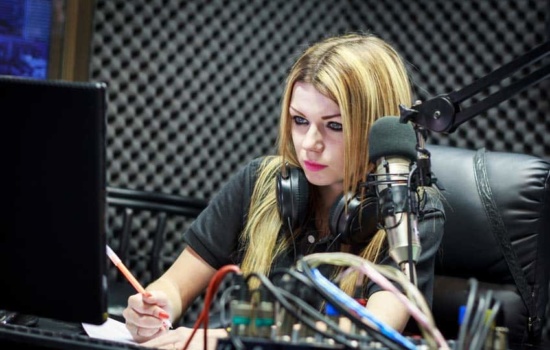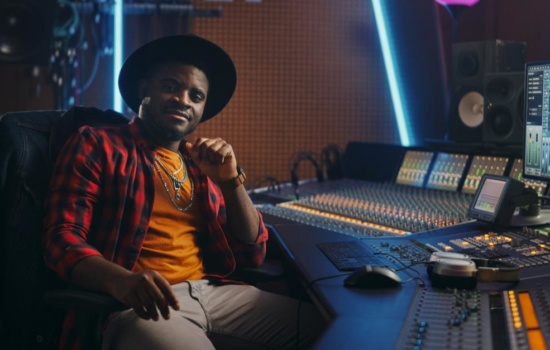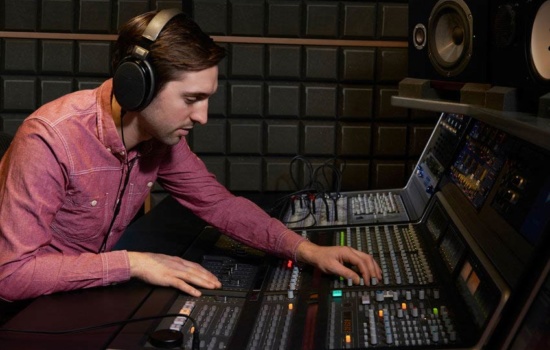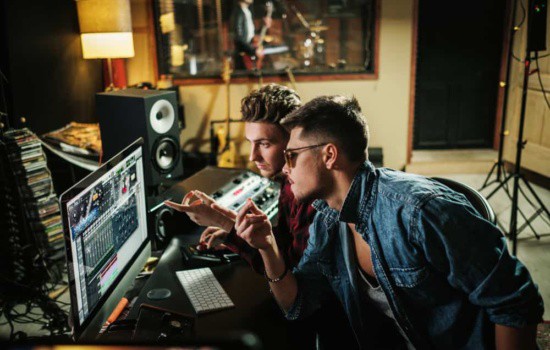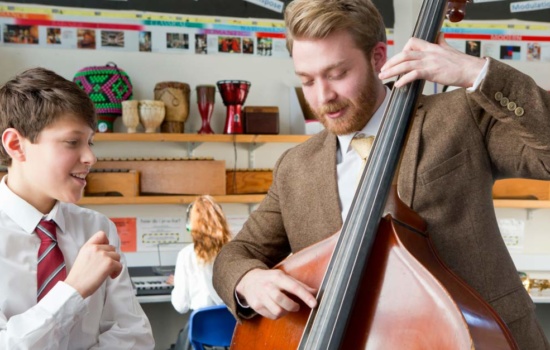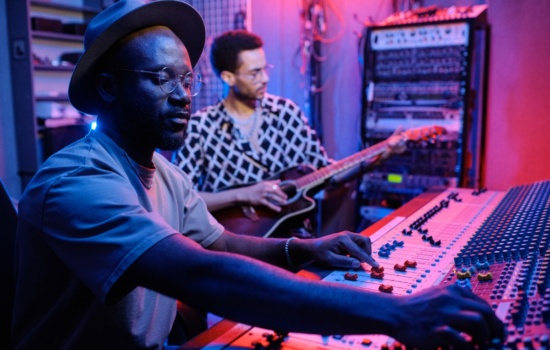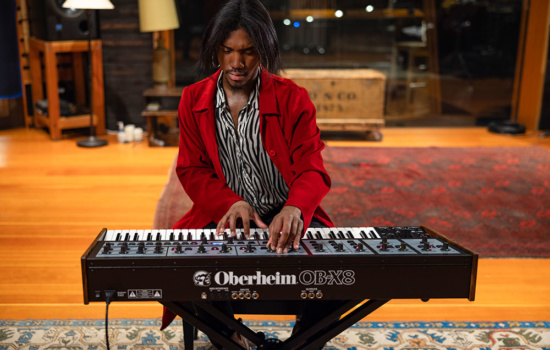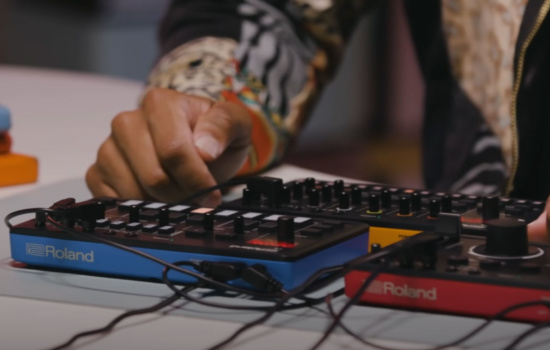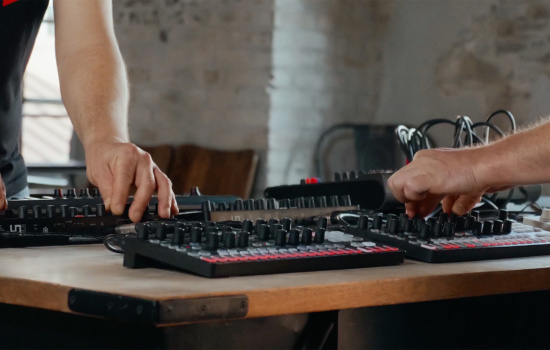Once you decide to crowdfund your album, you no longer have to worry about living off of ramen and caffeine pills to save money, but this doesn’t mean you get to just kick up your feet and watch the money roll in. Launching a successful crowdfunding campaign is as much work as putting together your new album—if not more. Do your research and lay out a plan. Each crowdfunding site has its pros and cons, so it’s vital to pick the site which works best for your goals.
You’ll need to get estimates on how much the entire album release process will cost—from mixing and mastering to hiring an artist for the cover design. Only then can you set your campaign goal. Ensure it’s a realistic one by gauging your audience size. How many fans do you have who attend concerts regularly and buy your merch?
Set a campaign goal high enough to cover your necessary album costs, but not so high it’ll be impossible to achieve. For example, you don’t want to set a goal for $20,000 when you only have a thousand fans. Dream big, but be reasonable.
Next, determine the contribution levels (and related “thank you” gifts) to set. Your campaign should be affordable for everyone. On Kickstarter, $25 is the most popular award level, followed by $50, with $10 awards coming in third. Yet $100 pledges consistently makeup the largest set of contributions. When setting these levels, add a “thank you” gift that makes sense for the amount being donated.
Don’t offer something that will cost more time or money to produce than what the donor is giving.
Even after all this work, it’s only the beginning! Before the campaign launches, think up an appropriate campaign name, preferably a memorable, succinct one so people don’t have to guess what is the campaign is about. Now it’s time to start producing content. Plan to promote your crowdfunding campaign regularly and across several social media channels with lots of funny, charming, intriguing and attention-getting content to get your point across.
Many musicians underestimate how much time and energy this will take, so think of it like this: for the duration of your campaign, creating content is basically going to be your second part-time job.



